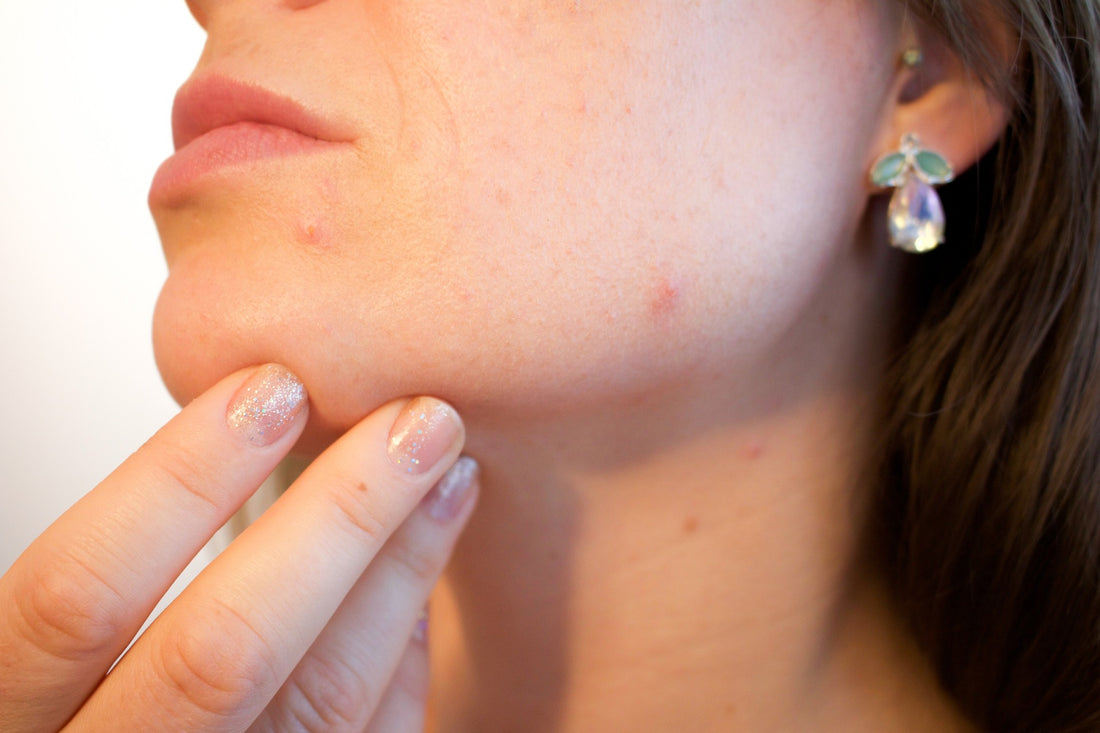Acne is a common skin condition that affects many people of all ages. It occurs when hair follicles become clogged with oil and dead skin cells, resulting in the formation of pimples, blackheads, and whiteheads. In some cases, acne can lead to scarring, which can be a persistent reminder of the skin condition long after it has cleared up. In this article, we will explore how acne becomes acne scars and what can be done to prevent and treat them.
How Acne Becomes Acne Scars
Acne scars are the result of damage to the skin caused by acne. When the body detects an acne lesion, it responds by sending immune cells to the site to fight off the infection. In some cases, this response can cause inflammation and damage to the surrounding tissue, leading to the formation of scars.
There are two types of acne scars: atrophic and hypertrophic. Atrophic scars are the most common type and result from a loss of tissue, which leads to depressions in the skin. These scars can be further classified as ice pick, boxcar, or rolling scars, depending on their appearance. Hypertrophic scars, on the other hand, result from an overproduction of collagen during the healing process, leading to raised, thickened scars.
Preventing Acne Scars
The best way to prevent acne scars is to prevent acne from forming in the first place. This can be achieved by following a good skincare routine that includes washing the face twice daily with a gentle cleanser, avoiding touching the face, and not picking at pimples. It is also essential to manage acne promptly and effectively with the help of a dermatologist. Early treatment can help prevent the development of scars.
Treating Acne Scars
If acne scars have already formed, there are several treatment options available. These include:
-
Topical Treatments: Topical treatments such as retinoids, vitamin C, and alpha-hydroxy acids can help reduce the appearance of acne scars by increasing cell turnover and stimulating collagen production.
-
Chemical Peels: Chemical peels involve the application of a chemical solution to the skin, which exfoliates the outer layer and stimulates collagen production, reducing the appearance of scars.
-
Micro-needling: Micro-needling involves the use of a device that creates tiny punctures in the skin, stimulating collagen production and improving the appearance of scars.
-
Laser Therapy: Laser therapy involves the use of a laser to remove the top layer of the skin, promoting the growth of new skin cells and reducing the appearance of scars.
-
Dermal Fillers: Dermal fillers involve the injection of a substance such as hyaluronic acid into the skin to plump up depressed scars, reducing their appearance.
In conclusion, acne scars are a common complication of acne that can have a significant impact on a person's self-esteem and confidence. However, with the right preventative measures and treatment options, it is possible to reduce their appearance and achieve smoother, clearer skin. If you are struggling with acne or acne scars, it is important to seek the advice of a dermatologist, who can help you find the best treatment plan for your individual needs.

